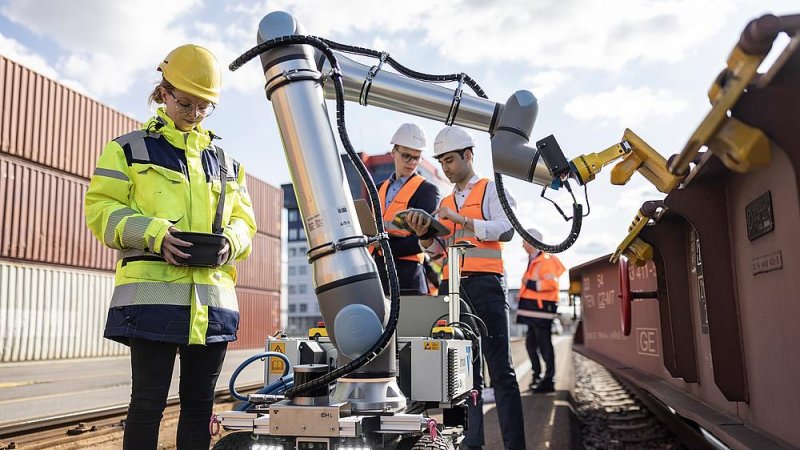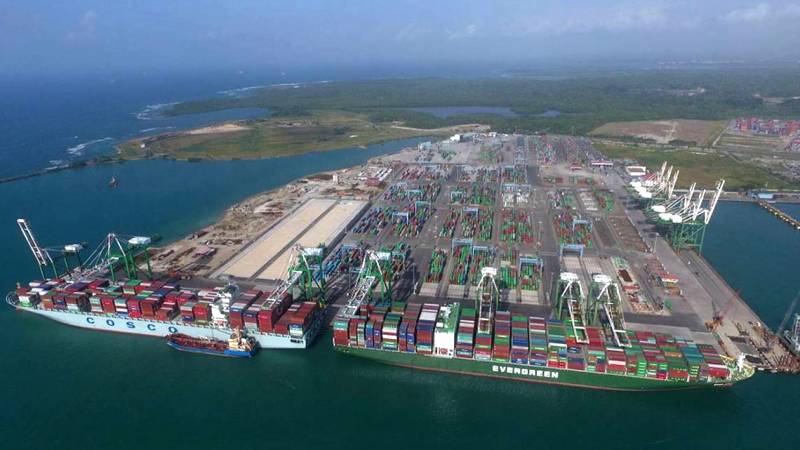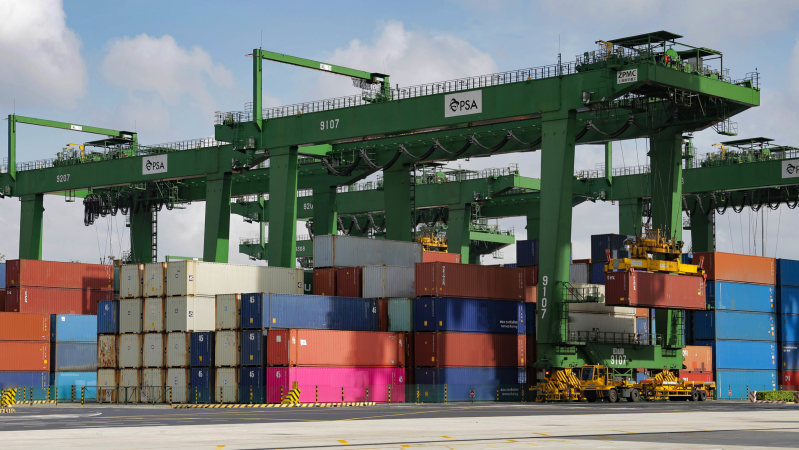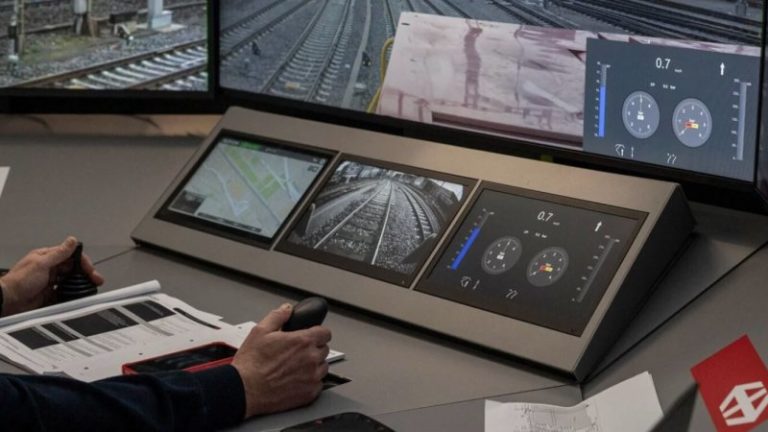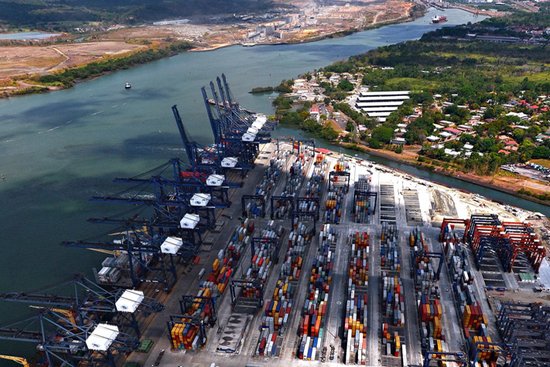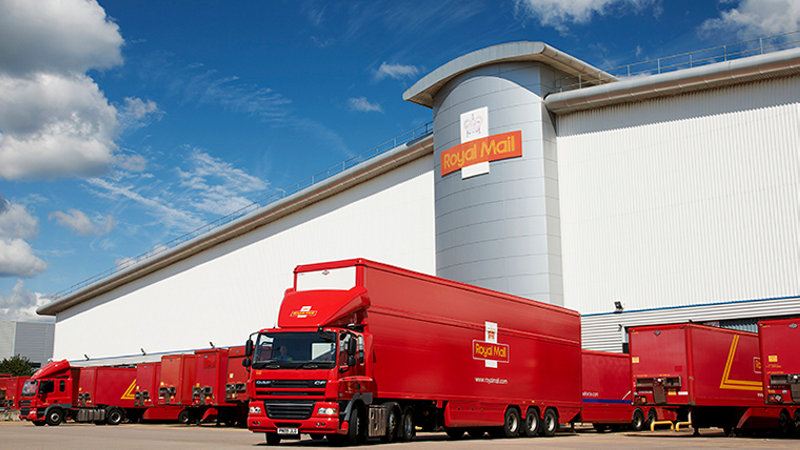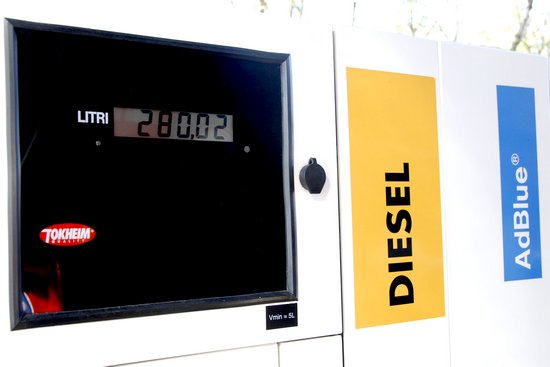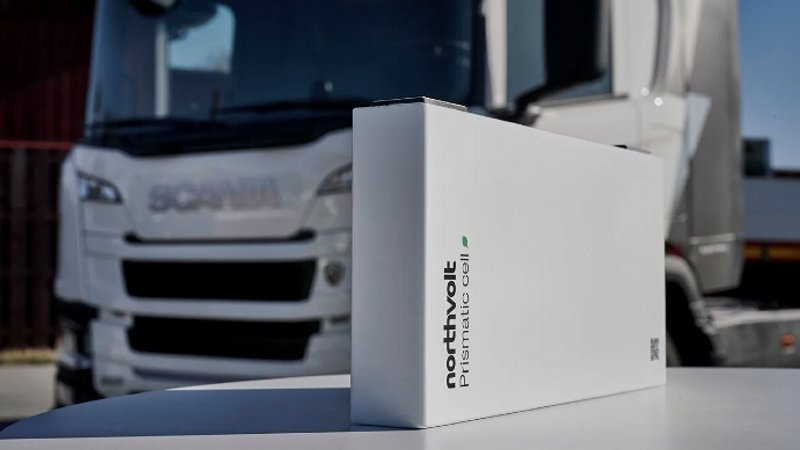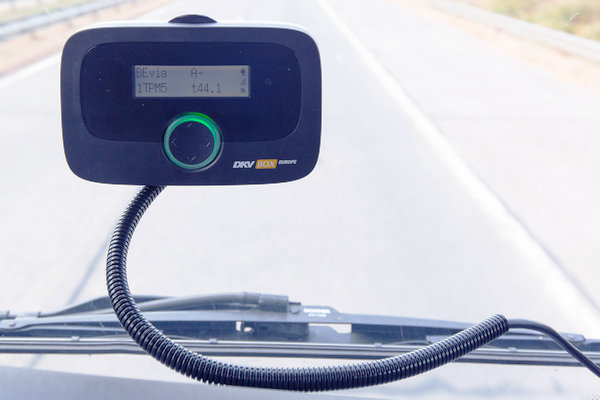Swiss Federal Railways, in collaboration with Alstom, have initiated trials of remotely controlled locomotives, marking a significant step towards the future implementation of Automatic Train Operation and remote control systems, especially for terminal maneuvers. However, autonomous passenger trains are not currently a priority for the Swiss Federal Railways. In February and March 2024, the two companies conducted experiments using a locomotive operated from a remote control room.
These tests have explored the operators' ability to remotely guide a malfunctioning train to a safe area, offering a potential solution for efficiency and safety in maintenance operations and nighttime construction sites. Beyond improving operational flexibility, these technologies promise to reduce occupational injuries, allowing operators to safely move trains between the depot and the tracks for departure or arrival.
The trials, conducted at the Zurich Mülligen marshalling yard, involved 24 railway operators trained to maneuver locomotives through remote control panels developed by Alstom. These devices, akin to simulator controls but with real-time images transmitted from cameras mounted on the vehicle, enabled the operators to remotely view the route, signals, and potential obstacles.
According to SBB, the trial runs not only demonstrated the system's effectiveness in maintaining safety and operational efficiency but also highlighted the importance of human involvement in the process. The experiences of operators from various sectors of the railways were crucial for assessing the impact of so-called "human factors" in remote operation. Specialists from the German Aerospace Center (DLR) closely observed these aspects, contributing their expertise in automation.
Despite the success of the tests, SBB states that daily adoption of remote control will require years of development, including the adjustment of technical systems and European regulations. However, the results from the trial runs will provide valuable data for future standardization, ensuring that Switzerland's specific needs are considered in the definition of international standards.
SBB is not stopping here: in the coming years, further ATO projects are planned, including systems for automatic acceleration and braking in freight traffic, automatic train start-up, and assistance in signal and obstacle recognition. These experiments aim to assess the applicability of European standards in Switzerland and to lay the groundwork for future regulations.



